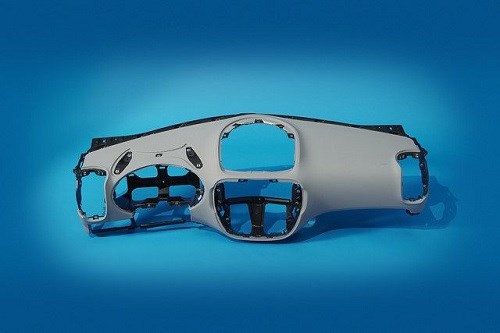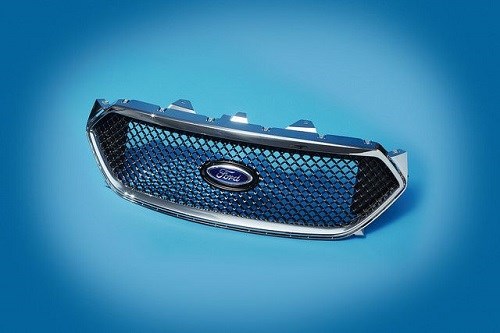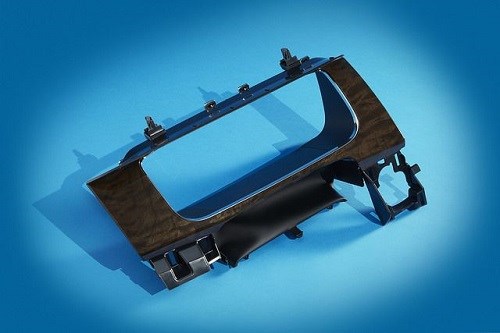Highlights Of SPE Auto Innovation Awards
Check out these three interesting finalists within the materials category of the 2014 SPE Automotive Innovation Awards.
In this month’s issue, I reported on the award winners of the eight categories of the 2014 SPE Automotive Innovation Awards and subsequently have posted two blogs on other interesting finalists within the categories of interior and exterior applications. Here are three innovations in the materials category that also grabbed my attention.
• Bio-TPO Sheet for Interior Trim: Featured on the 2014 Hyundai Kia Soul electric vehicle, this award-winning application required the development of a manufacturing technology by Tier I Hyundai Mobis and materials supplier LG Hausys that produces a vacuum formed 25 wt-% bio-mass (from sugarcane waste) content TPO sheet material from the crash pad and door-trim skins. This development also required optimized use of electron beam to control TPO cross-link density as well as multi-head corona treatment equipment to improve adhesion between the bio-TPO and urethane coating. While the material represented a 10% direct-cost increase, because the cost of the bio-based TPO is not based on price fluctuations in petroleum inputs, it is expected that long term, it should save money while reducing carbon emissions and VOCs.

• A-Gloss MIC Grille Mesh: Featured on the 2015 Ford Taurus SHO sedan, this was injection molded by Flex-N-Gate with Lexan SLX2271T PC/ITR (isophthalate terephthalate resorsinol) copolymer from Sabic IP. Through the use of this specialty material, which provides long-term UV property retention and meets all exterior-durability requirements, this MIC “A” gloss piano black grille mesh no longer needs paint, secondary finishing, or the heating/cooling process technology. This saves $10 USD/car through paint eliminations, increases impact performance, eliminates the aesthetic challenges of paint chipping, and improves craftsmanship by permitting tighter radii to be molded. The part is fully recyclable at end of life, CO2 emissions are reduced and VOCs eliminated.

• Low-Squeak ABS and ABS/PC for Interiors: Featured in the 2014 Fod Taurus sedan and injection molded by Summit Polymers, these special low-squeak ABS and ABS/PC grades for interiors from Techno Polymer America rely on a special styrene copolymer rather than additives or special noise-abatement measures to reduce stick/slip noises that are often characteristics of these polymers. The new injection-molding grades process the same as conventional materials and save about $1 USD/vehicle while significantly reducing interior noise.

Want to find or compare materials data for different resins, grades, or suppliers? Check out Plastic Technology’s Plaspec Global materials database.
Related Content
-
50 Years...600 Issues...and Still Counting
Matt Naitove marks his first half-century in plastics reporting, with a few of his favorite headlines.
-
Why Are They Blending Biopolymers?
A sit-down with bioplastic producer Danimer Scientific showed me there are more possible answers to that question than I had previously thought.
-
Why (and What) You Need to Dry
Other than polyolefins, almost every other polymer exhibits some level of polarity and therefore can absorb a certain amount of moisture from the atmosphere. Here’s a look at some of these materials, and what needs to be done to dry them.













.png;maxWidth=300;quality=90)


.png;maxWidth=970;quality=90)